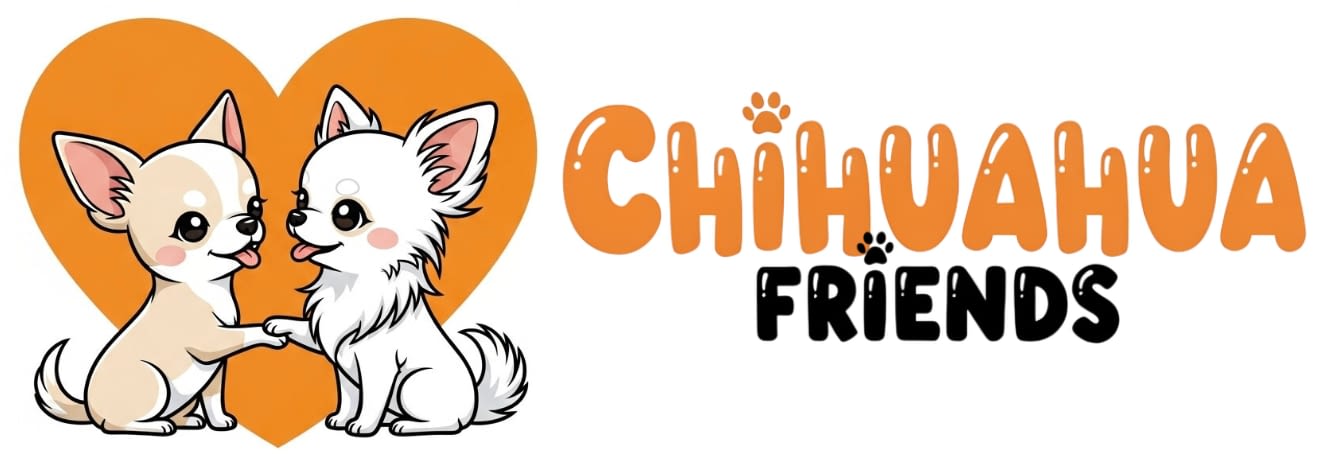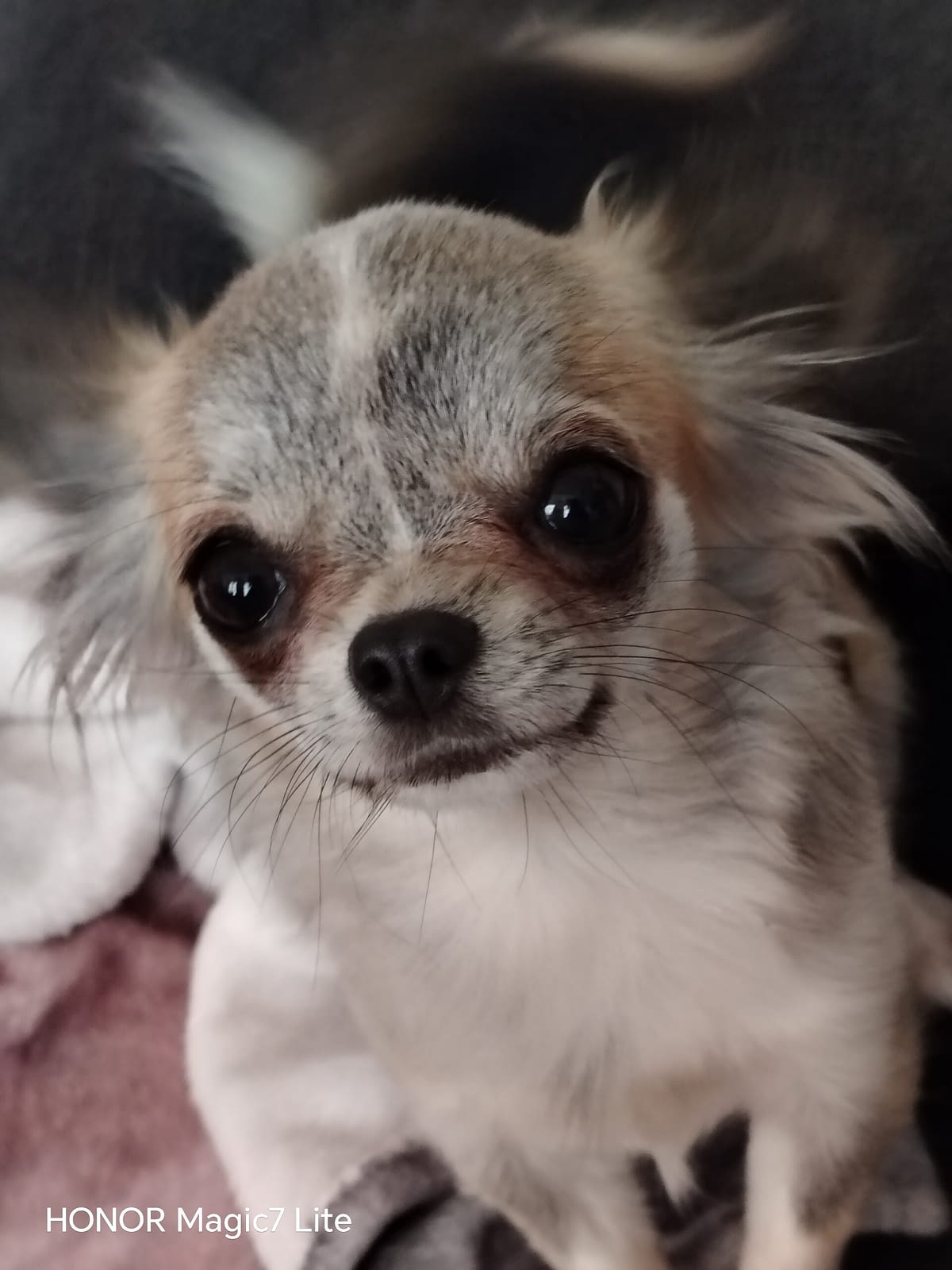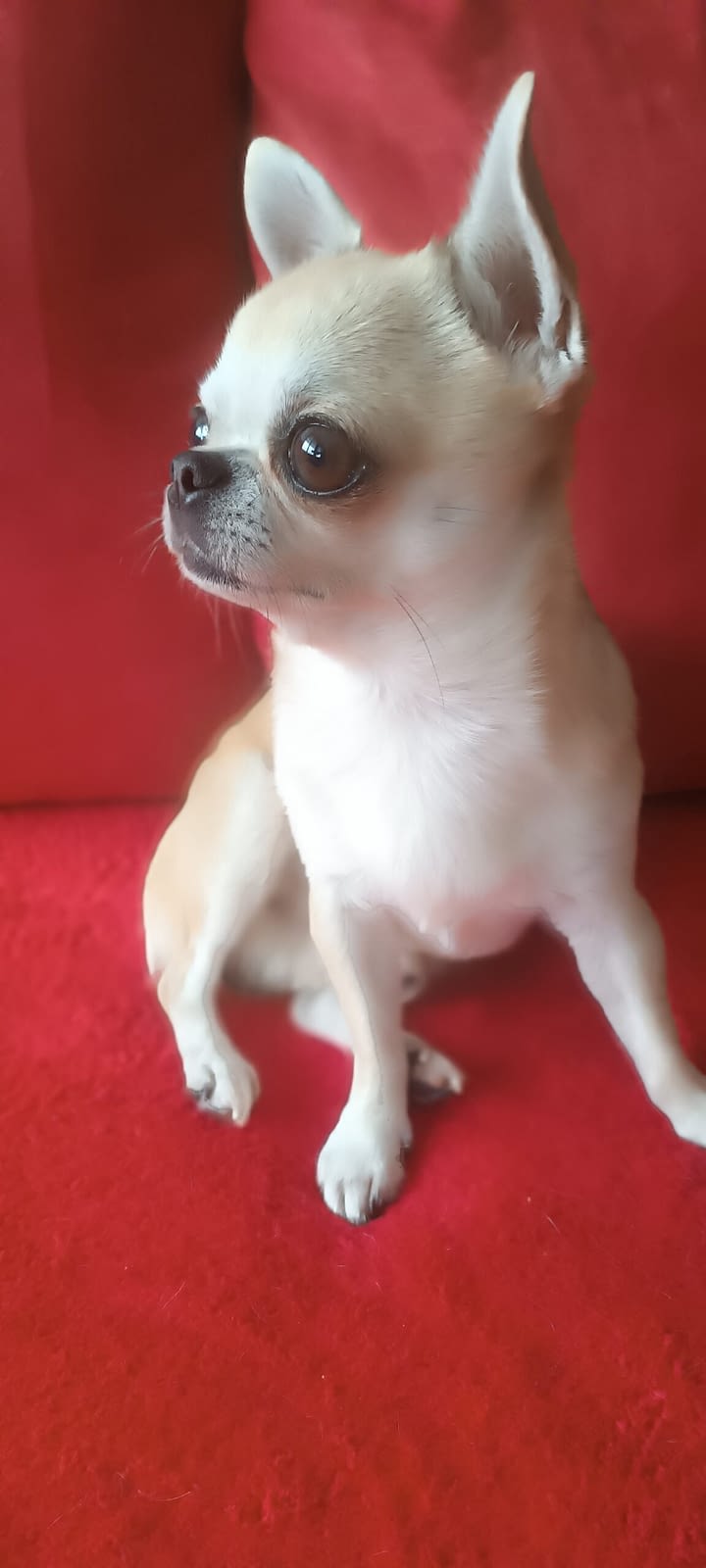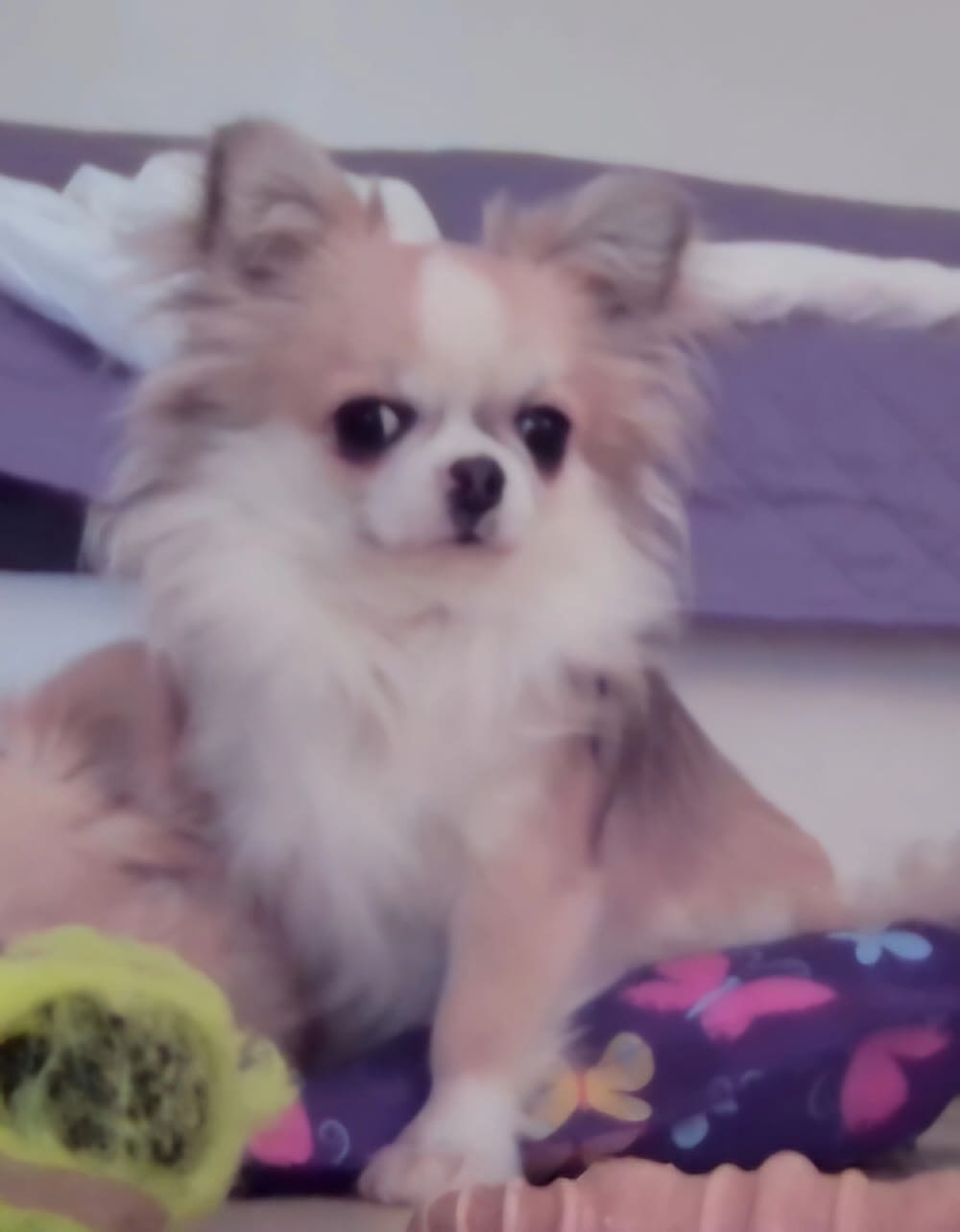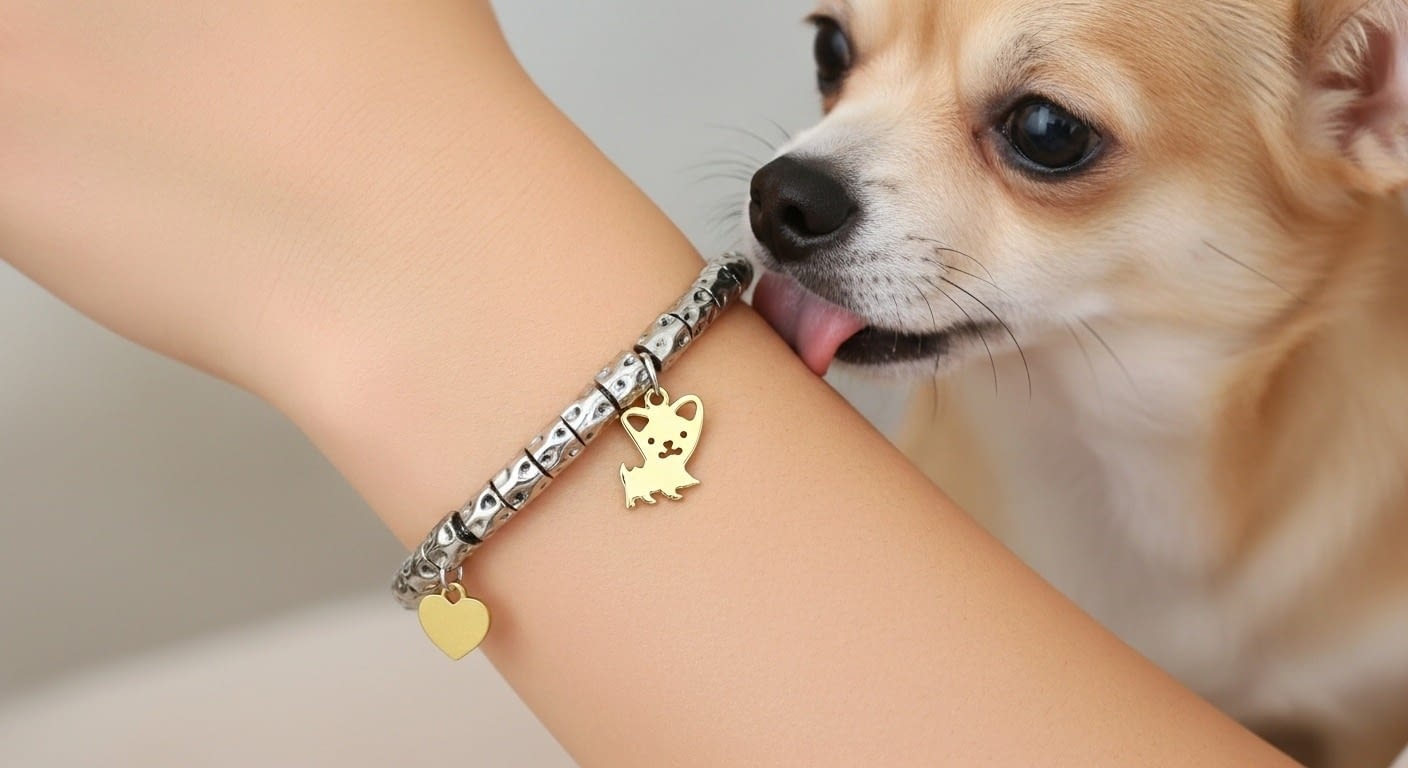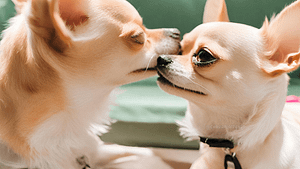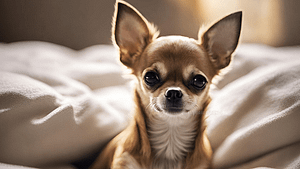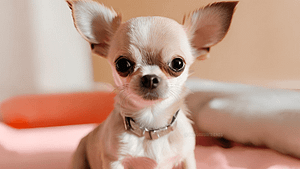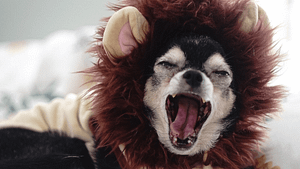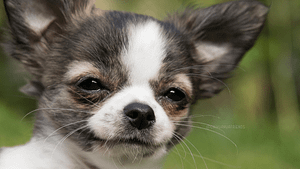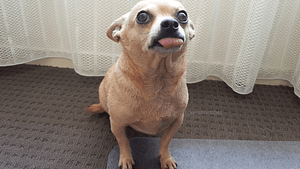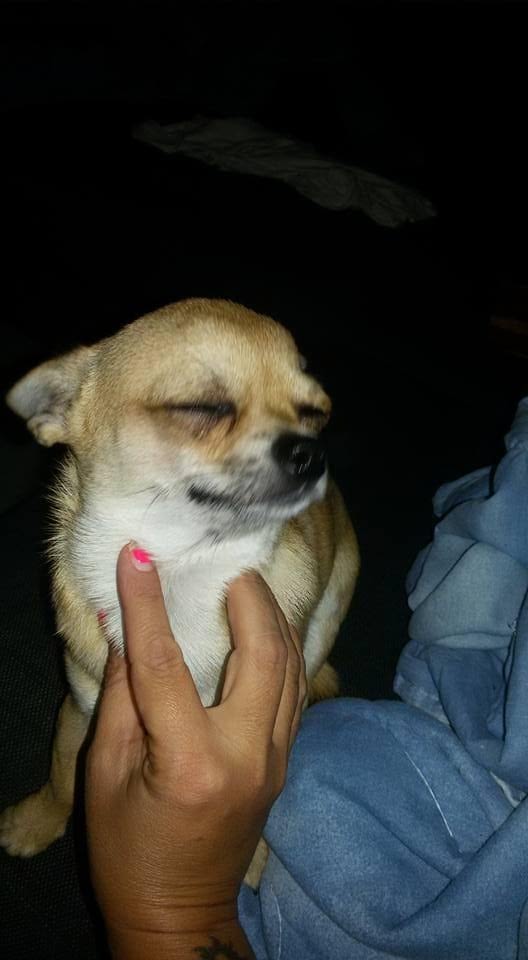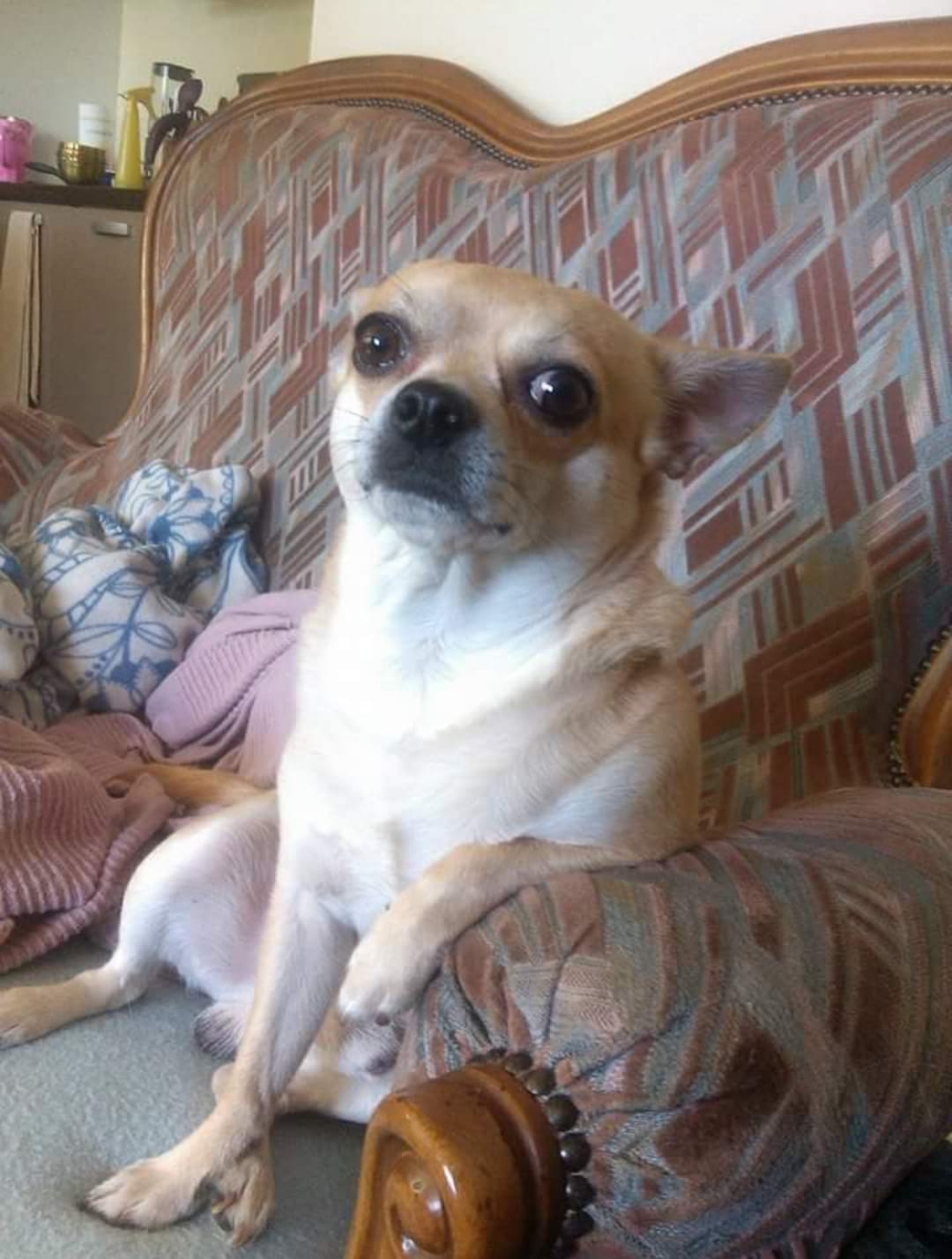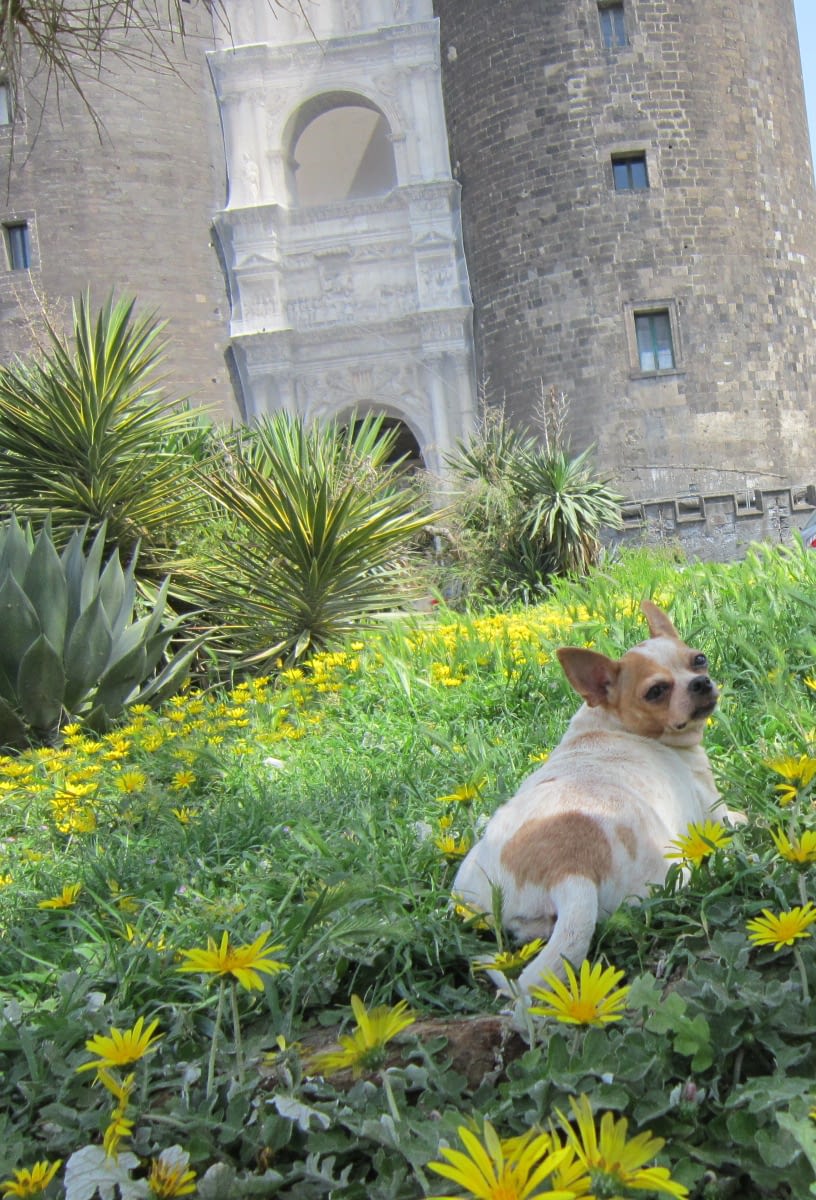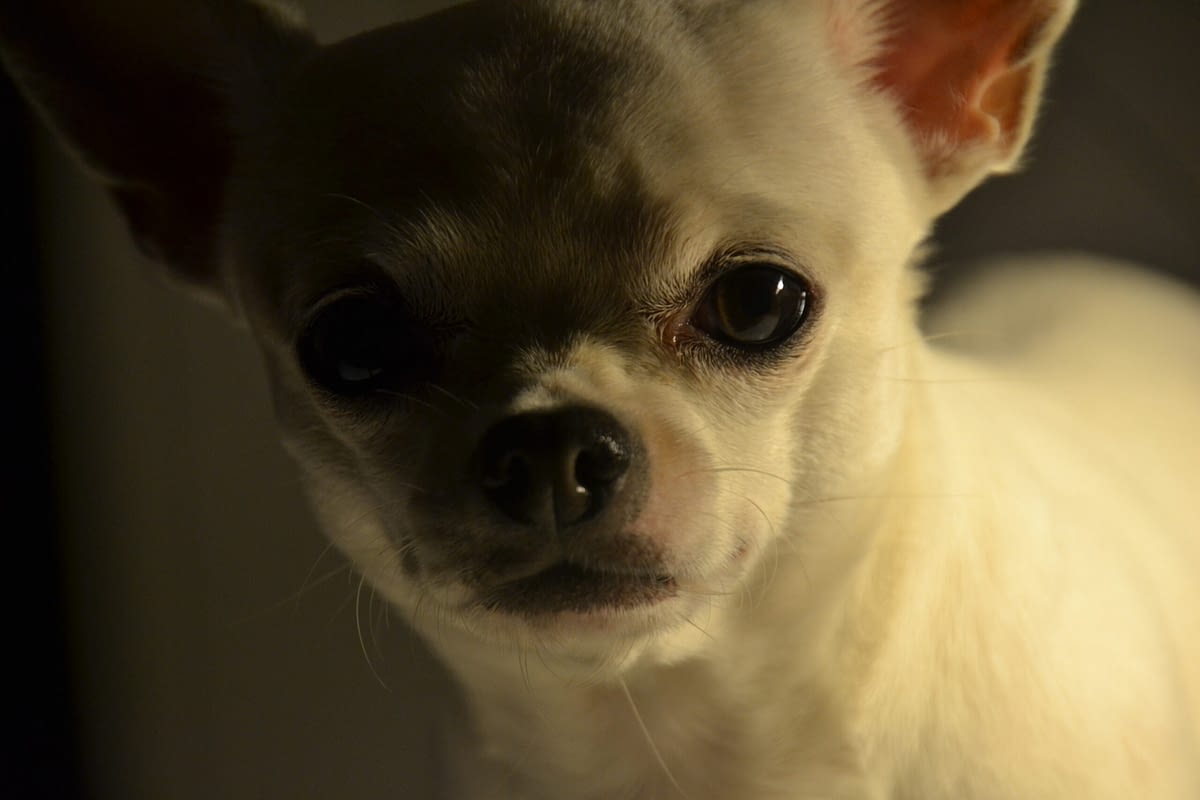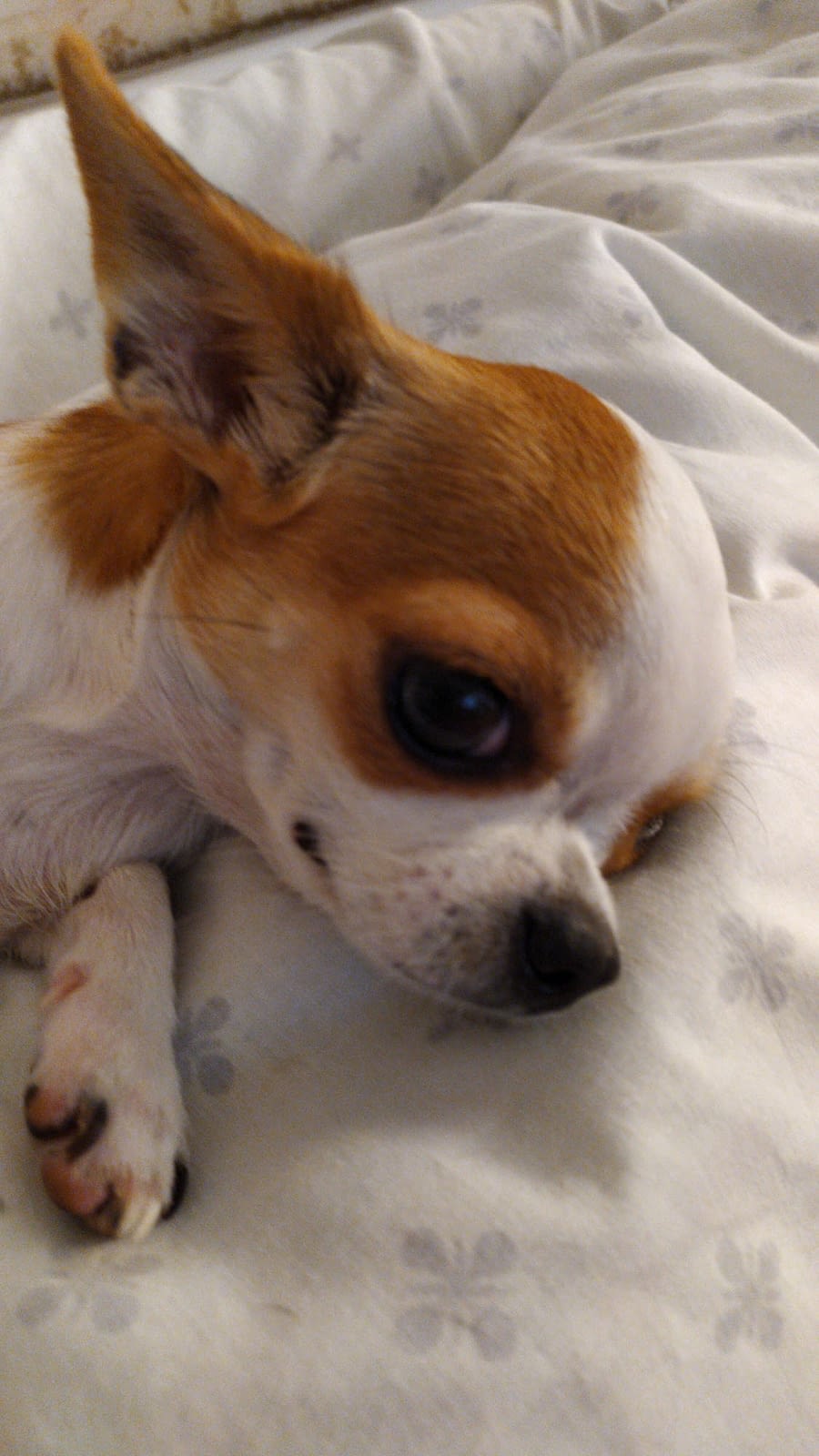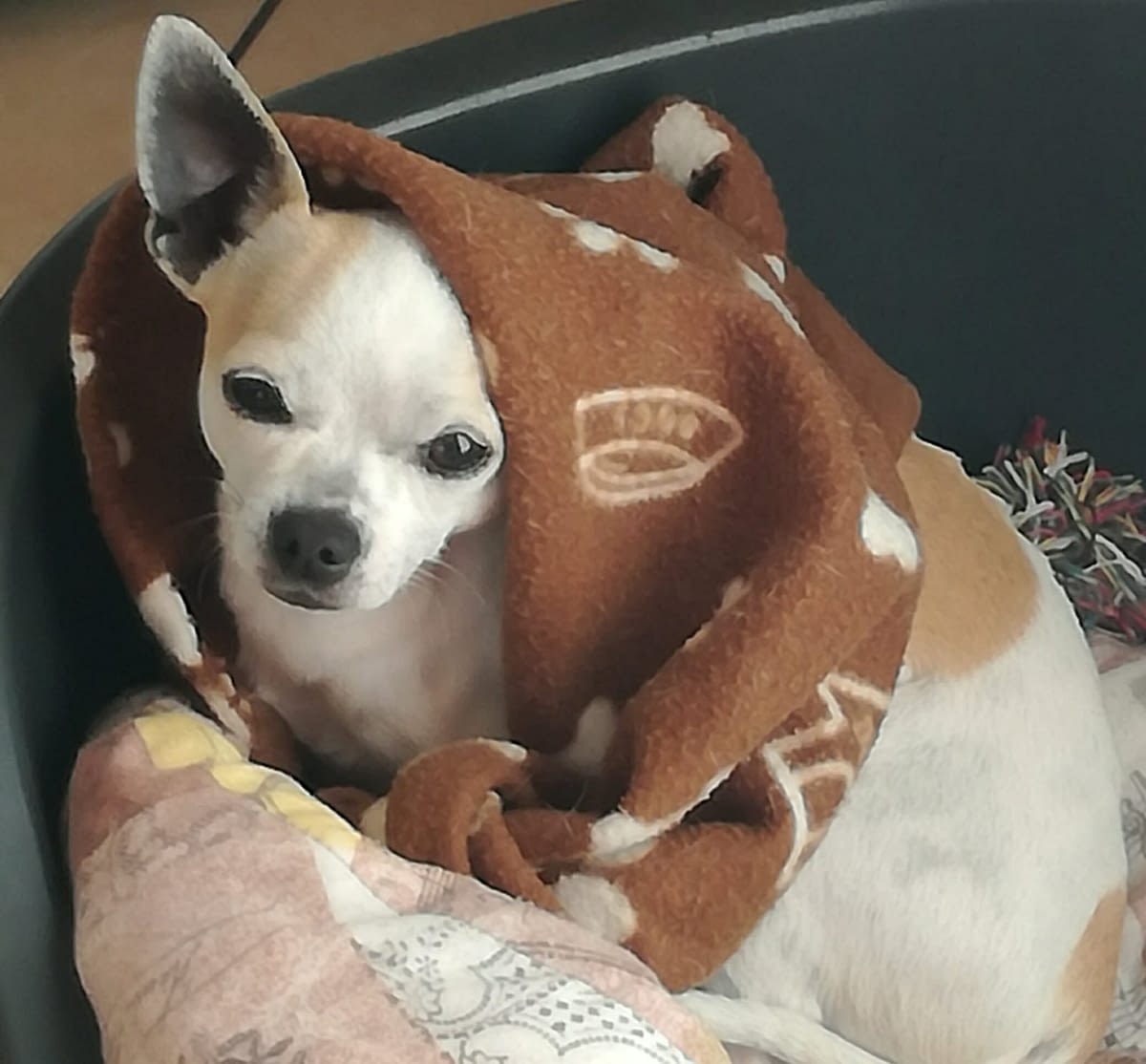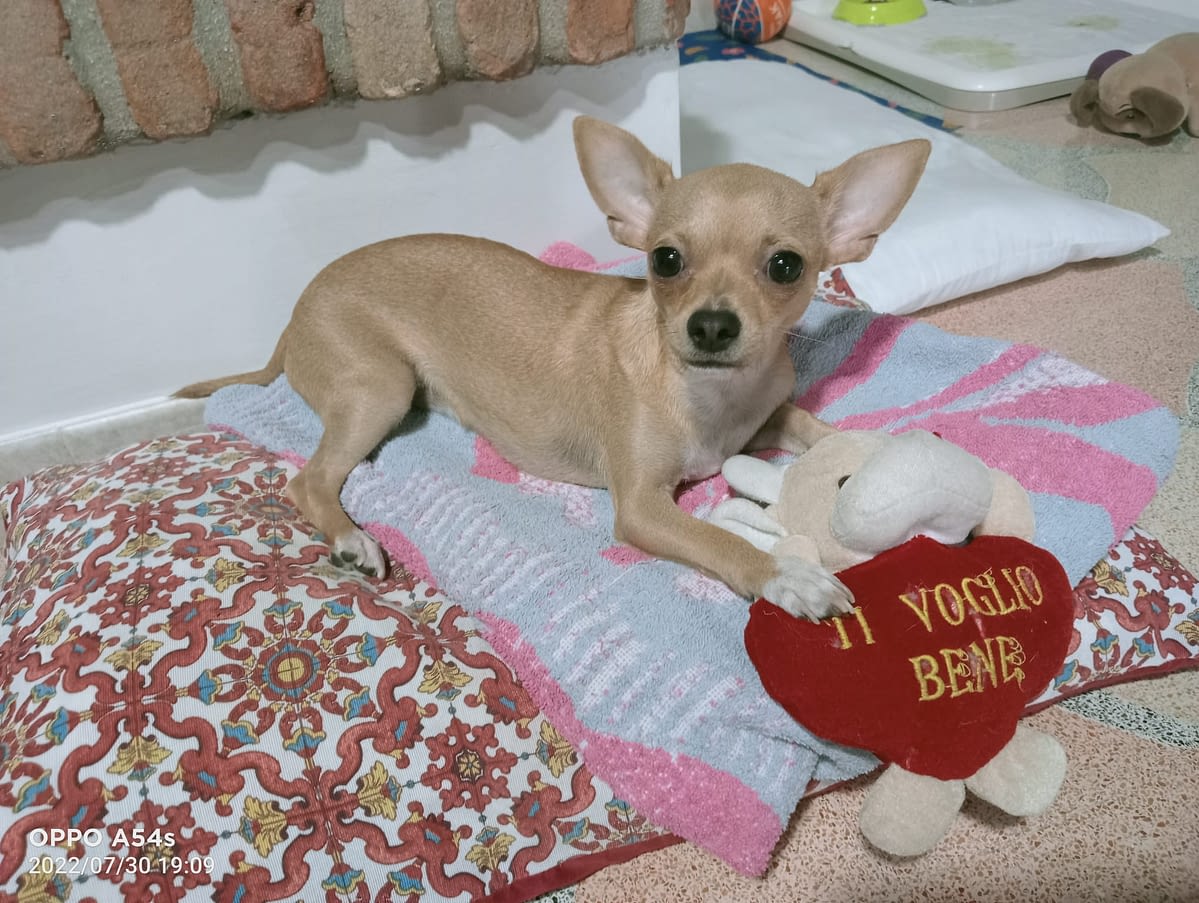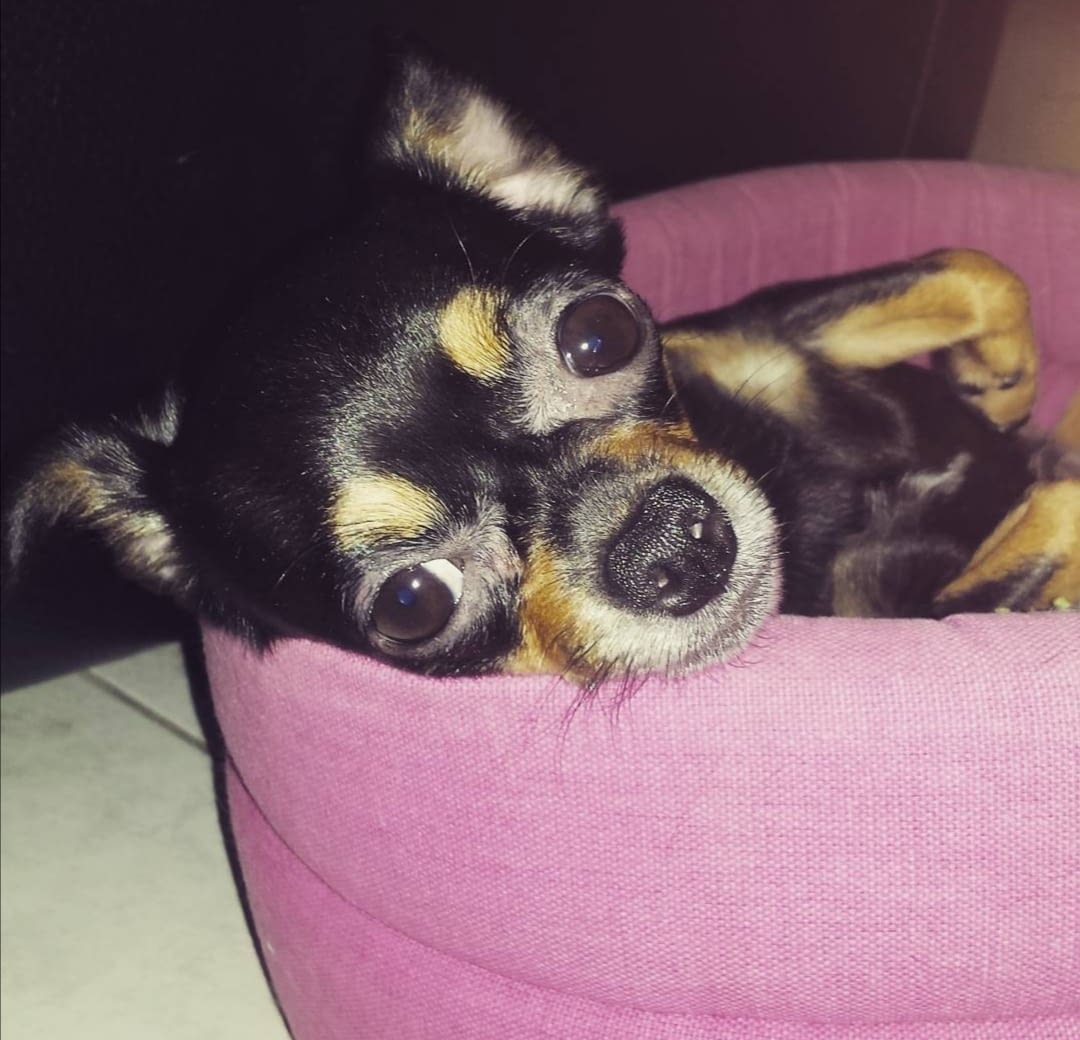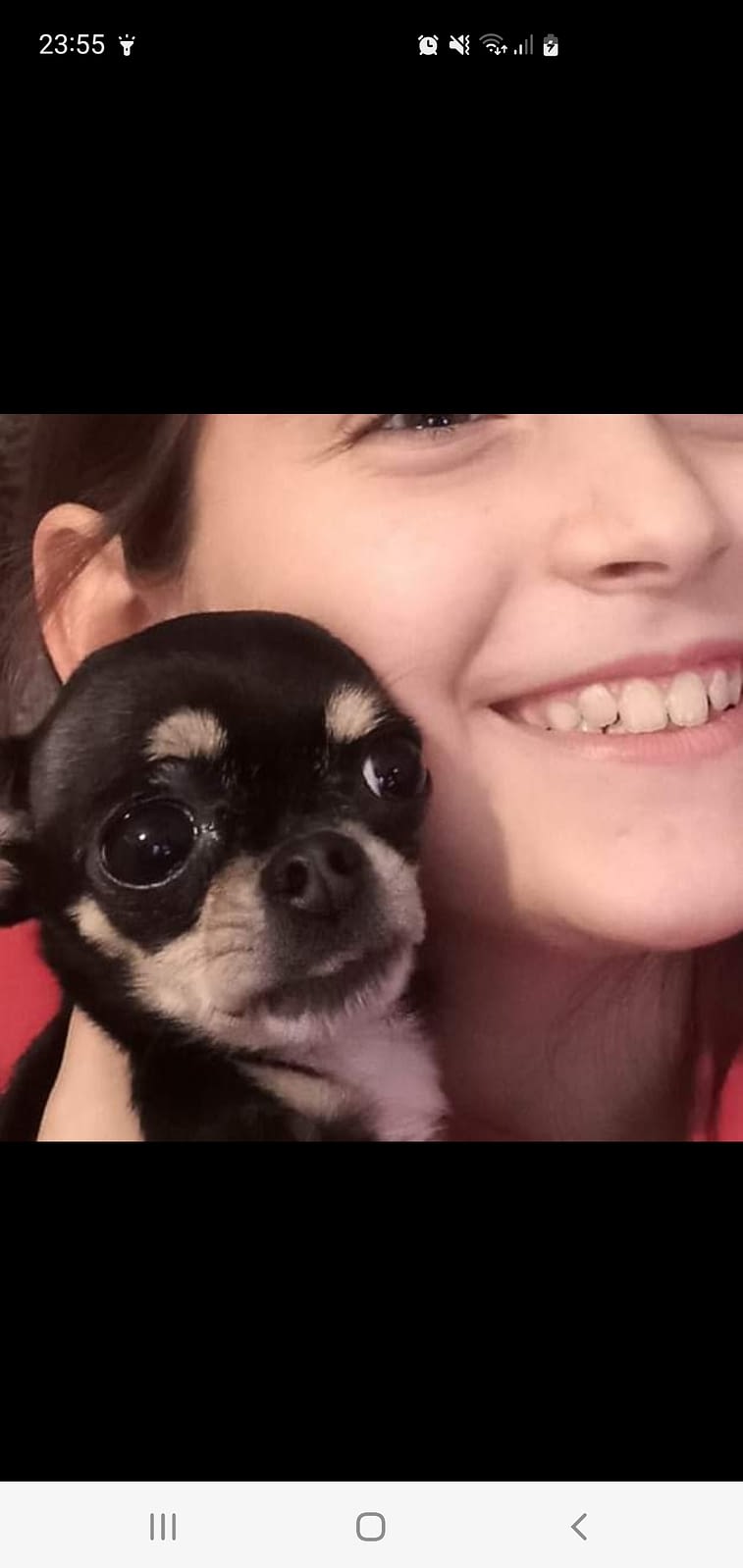Birth of puppies: what to do?
Fortunately, all went well and now the mother rests in the whelping crate with the entire litter, eager for the good lukewarm mother’s milk; while the owner watches enraptured at the miracle of life.
Fortunately, all went well and now the mother rests in the whelping crate with the entire litter, eager for the good lukewarm mother’s milk; while the owner watches enraptured at the miracle of life.
Let’s see now what is important to know, to make sure that everything goes well! At birth the pup is blind and deaf, yet through olfactory sensory perceptions it is able to orient itself in the whelping crate and crawl toward its mother, seeking nourishment and warmth. The nerve structures in his brain, which would later allow him to feel that the bladder or rectum is full (perineal reflex), do not yet function, and so in the first two weeks of life, the mother will stimulate the perineal area with her tongue, ingesting the pups’ urine and excrement.
- The pros and cons of amateur breeding
- Castration and behavior, what correlations?
- Chihuahua pregnancy: homemade litter tips
In the unfortunate event that the mother could not care for her pups, it will be the owner who will have to take over by worrying about:
- Ensure that puppies have an adequate temperature, as thermoregulation will only be acquired later.
- Stimulate after each meal, with a moistened cotton pad,the puppy’s perineal region located between the anus and genitals, to allow it to shed urine or excrement. In any case, it is a good idea to repeat the operation every 2 to 3 hours, as not being able to eliminate the waste on its own, the puppy would meet certain death.
It is often believed that newborn puppies, should not be touched at all. There is nothing more false! The mother spends a lot of time stimulating the young by licking and nudging them with her nose, thus promoting the interconnection of neurons. For his part, the owner, may begin by gently stroking the puppies, such as while they suck breast milk, without detaching them from their mother; only then can he gradually begin to take them in his hands.
The neonatal period ends around two weeks of age, with the opening of the eyes and the beginning of the transition period.
This is a stage, as brief as it is crucial for the puppy’s sensory development, which will lead to his acquiring the ability to perceive the world first through sight and later through hearing. It is therefore of paramount importance, that the puppy is immersed in an environment with sufficiently stimulating visual and sound stimuli, taking into account that the presence of the mother, if raised among humans, will have a reassuring effect on him.
While during the first few weeks of life the puppy slept a great deal, during this period sleep will begin to structure itself, composing itself into phases increasingly similar to those of the adult dog, which will be characterized by alternating periods of rest with moments of increasingly consistent activity.
Therefore, even on the motor level, the puppy will acquire new skills, coming to simultaneously lift himself up on all four legs and begin to coordinate his first steps in discovering the world.
The acquisition of sensory development is only one of the elements that characterize the transition period. Through this, the puppy is able to create an attachment bond (imprinting) with the mother, who is identified as the only reference point or secure base and is a source of reassurance. It will be the establishment of this bond that will enable the puppy to structure exploratory behavior and identify with its peers.
At the end of this period, around 20 to 25 days of age (depending on the future size of the dog), the transition period ends and the socialization period begins , a crucial phase during which the dog will learn, or not, how to live and relate to other species.
Next week we will talk about socialization, a period of fundamental importance if we consider that most of the problems between man and dog are decided right at that stage. I’ll be waiting for you-don’t miss it!
Carla Beard
Sing To The Moon Dog Center
